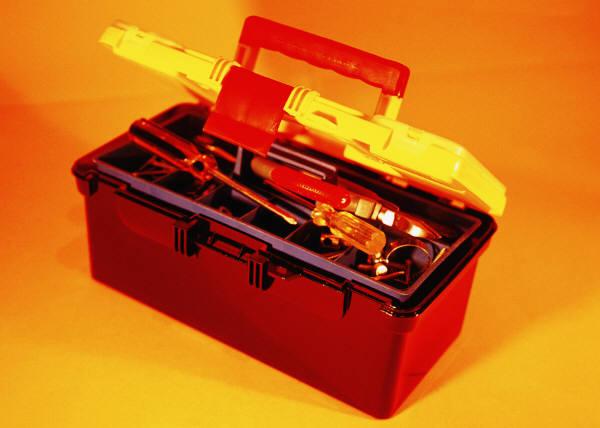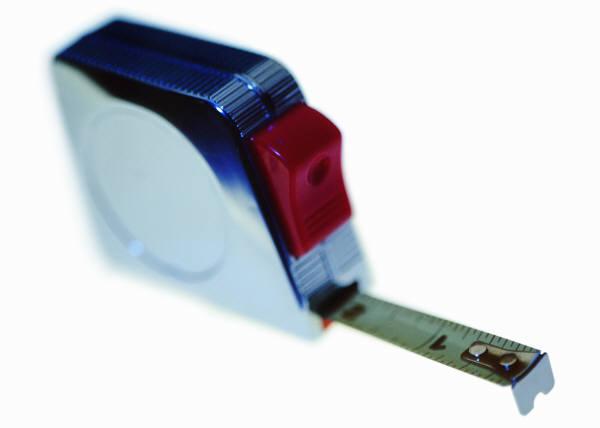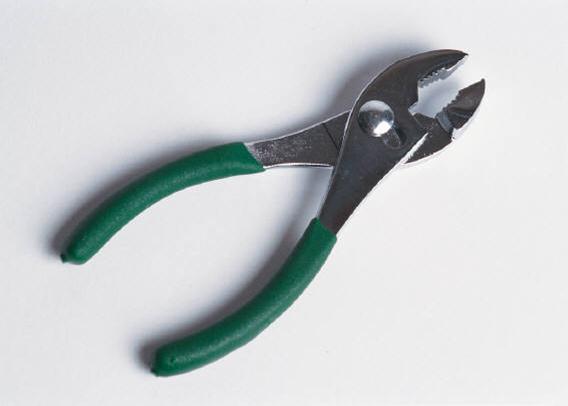There is no doubt that, at some point, you will need to use a tool kit when you move into your new Ball home. From hanging pictures on the wall, to installing new curtain rods, make sure you’re prepared for anything life (and possibly your decorating style) throws at you by assembling a basic tool kit for your home.
There are a couple of different ways you can go about assembling a tool kit. Many stores offer a complete set of tools in an already assembled kit, or you can purchase individual tools as you need them. Depending on your budget at the time, one option might be easier than the other. The most basic tools will often get the most wear and tear, so make sure you buy tools that are of good quality.
· A tool box, bag, or bucket to put everything in
There’s nothing worse than not being able to find the tool you want when you need it because everything is scattered all over the place. Make sure you have a large box or bag to put all your tools in at the end of the day. Don’t worry about buying a container that is too big--you’ll fill it up eventually.

· A claw hammer
A claw-style hammer is used to drive and pull nails. This style of hammer will more than likely accomplish any job you need around the house. The more you use one, the more you’ll appreciate a cushioned grip.

· Screwdrivers
There are many types of screwdrivers out there. The most common ones you will need are varying sizes of a flathead screwdriver (the one with a straight edge) and a Philips head screwdriver (the one with a + at the end). If storage is tight, buy a screwdriver with interchangeable tips.
· Measuring Tape
Purchase a model that has a blade lock on it, so you can measure what you need without it snapping back on you. The blade should be at least 3/4” thick to keep the tape from buckling when you’re measuring longer lengths.

· Flashlight
A flashlight is vital if the power goes out or you are working in a tight area. For starters, any sturdy flashlight will do for your collection, but eventually, you can include other lights of various sizes or ones that can bend or tilt.
· Pliers
Standard pliers and needle nose pliers do different types of the same job. Needle nosed pliers are handy when you are working with something small and need to grip or bend wires.Heavy grooved pliers are better for removing nails or large staples. Your hands will thank you for getting pliers with padded grips.

· Utility Knife
It is important to have a sharp, sturdy utility knife. These knives work well for trimming or slicing and the blade can be used to open many types of products. A better option would be to get a knife with a retractable blade, for safety and storage convenience.
· Level
A level is a must for straightening up pictures, drilling holes in a level line, checking tabletop alignment, or mounting towel bars perfectly. It's important to get an accurate level for accurate positioning. A good sturdy level will last a lifetime, so make sure you go with a quality brand.

· A variety of hardware
Finding the right size screw, nut, or bolt can be intimidating. Luckily, most hardware stores sell handy kits full of the most common sizes. Alternatively, get a few screws, bolts, and nails in small, medium, and large sizes to keep on hand. Having some in silver tones and some in gold tones is a good idea, too. In all events, hardware stores are usually staffed with friendly experts who can answer your questions and point you in the right direction.
· Power drill
As the unquestioned king of the power tools, a power drill will save you lots of time and offers versatility. You can use a cordless drill for light home maintenance and repair jobs.
Besides drilling holes in a variety of materials, it can be used for grinding, sanding, polishing, and mixing paint. If possible, buy a variable speed drill. You'll find this particularly useful for driving screws, and if the drill also has a reverse switch, you can remove screws as well.
This list is, by no means, all-inclusive. As your life changes, you may find that your tool needs change as well.